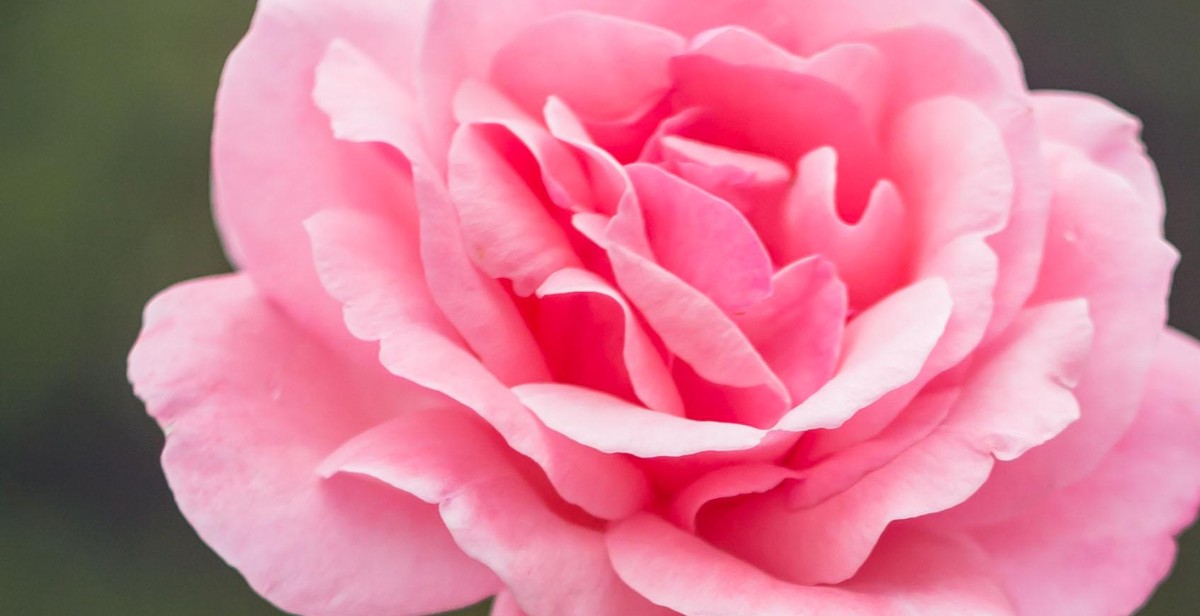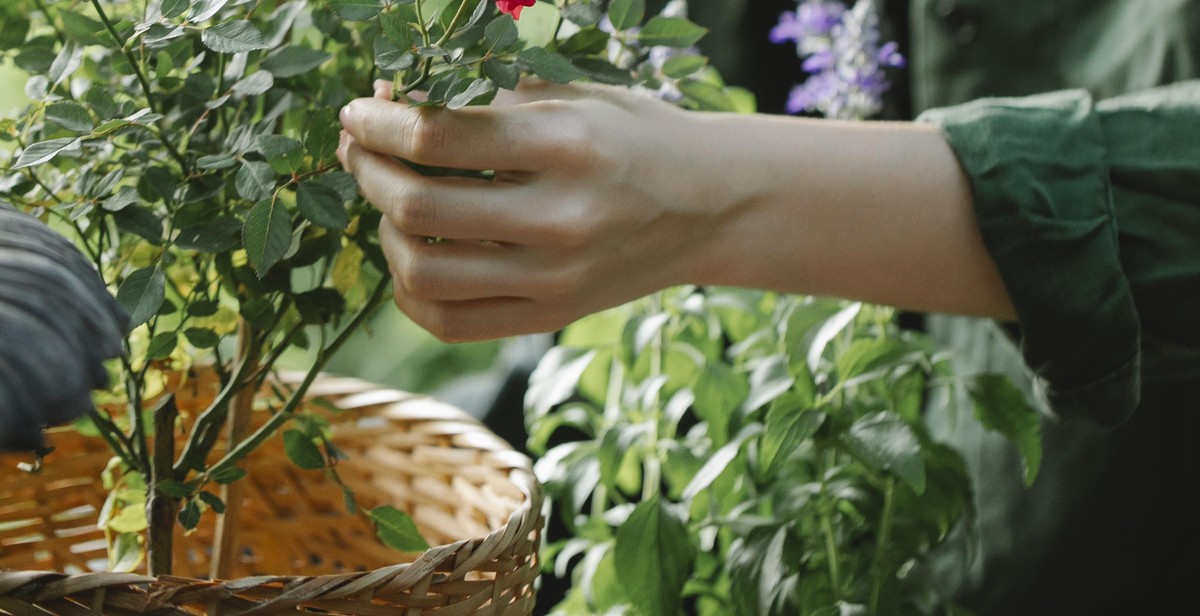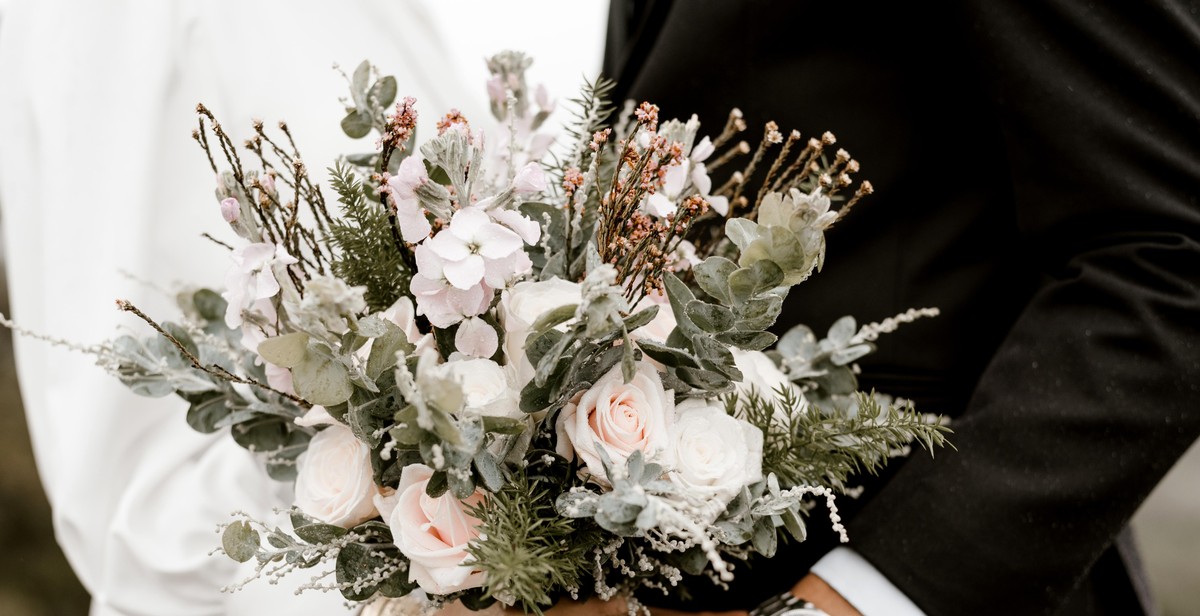How to Grow Colorful and Fragrant Roses in Your Garden
Roses are one of the most popular and beloved flowers in the world. They are not only beautiful and fragrant, but they also come in a wide range of colors and sizes. Growing roses in your garden can be a rewarding and enjoyable experience, but it requires some knowledge and effort to ensure that your roses thrive.
Choosing the Right Roses
Before you start growing roses, it is important to choose the right varieties for your garden. There are many different types of roses, including hybrid teas, floribundas, grandifloras, climbers, and shrubs. Each type has its own unique characteristics and growing requirements, so it is important to do your research and choose the varieties that are best suited for your climate, soil type, and garden space.
Preparing the Soil
Roses require well-draining soil that is rich in nutrients. Before planting your roses, prepare the soil by adding compost, manure, or other organic matter to improve its quality. It is also important to ensure that the soil pH is in the range of 6.0 to 7.0, as roses prefer slightly acidic soil.
Planting and Care
When planting your roses, choose a sunny spot in your garden that receives at least six hours of direct sunlight per day. Dig a hole that is slightly larger than the root ball of your rose plant, and make sure that the graft union is at least two inches below the soil surface. Water your roses regularly, and fertilize them with a balanced fertilizer every four to six weeks during the growing season.
By following these tips, you can grow beautiful, colorful, and fragrant roses in your garden that will bring joy and beauty to your home for years to come.
Choosing the Right Roses
Roses are a popular choice for gardeners due to their beauty, fragrance, and versatility. However, with so many different varieties available, it can be overwhelming to choose the right one for your garden. Here are some factors to consider when selecting the right roses for your garden:
Selecting the Right Variety
There are many different types of roses to choose from, including hybrid teas, floribundas, grandifloras, climbers, and shrubs. Each type has its own unique characteristics, such as size, shape, color, and fragrance. Consider your personal preferences and the overall design of your garden when selecting the right variety.
- Hybrid teas are known for their large, single blooms and long stems, making them a popular choice for cut flowers.
- Floribundas produce clusters of smaller blooms and are often more disease-resistant than other types of roses.
- Grandifloras are a cross between hybrid teas and floribundas, producing large blooms in clusters.
- Climbing roses are perfect for covering walls, trellises, and other structures in your garden.
- Shrub roses are known for their hardiness and ability to thrive in a variety of growing conditions.
Consider the Climate
Roses require specific growing conditions to thrive, including the right amount of sunlight, water, and soil nutrients. Consider the climate in your area when selecting the right roses for your garden.
- In warmer climates, choose roses that can tolerate high heat and humidity, such as hybrid teas and shrub roses.
- In cooler climates, choose roses that are more cold-hardy, such as floribundas and grandifloras.
- For areas with limited sunlight, choose roses that can tolerate partial shade, such as climbing roses.
Purchasing Healthy Plants
When purchasing roses for your garden, it’s important to choose healthy plants that are free from disease and pests. Look for plants with strong, sturdy stems and healthy leaves. Avoid plants with yellow or brown leaves, as this could be a sign of disease or pest infestation.
| Tips for Choosing Healthy Roses |
|---|
| Choose plants with well-developed root systems |
| Avoid plants with broken or damaged stems |
| Look for plants with new growth and healthy buds |
| Check for signs of disease or pest infestation, such as spots on the leaves or visible pests |
By considering the right variety, climate, and purchasing healthy plants, you can ensure that your roses will thrive in your garden and provide you with beautiful blooms and fragrant scents for years to come.

Preparing Your Garden
Before you start planting your roses, it’s important to prepare your garden properly. This will help ensure that your roses grow healthy and strong, and produce the colorful and fragrant blooms you’re looking for. Here are some tips for preparing your garden:
Choosing the Right Location
When choosing a location for your roses, it’s important to consider several factors:
- Sunlight: Roses need at least 6 hours of direct sunlight per day to grow and bloom properly. Choose a location that receives plenty of sunshine.
- Soil: Roses prefer well-draining soil that is rich in organic matter. Avoid planting them in areas with heavy clay soil or soil that stays constantly wet.
- Space: Make sure to give your roses plenty of space to grow. They should be spaced at least 2-3 feet apart to allow for air circulation and to prevent disease.
Preparing the Soil
Before planting your roses, it’s important to prepare the soil properly:
- Remove weeds: Clear the area of any weeds or other plants that may compete with your roses for nutrients and water.
- Amend the soil: Add compost or other organic matter to the soil to improve its structure and fertility. This will help ensure that your roses get the nutrients they need to grow and bloom.
- Test the soil: Use a soil test kit to determine the pH level of your soil. Roses prefer a slightly acidic soil with a pH between 6.0 and 6.5. If your soil is too alkaline, you can add sulfur to lower the pH.
Planting Your Roses
Once you’ve prepared the soil, it’s time to plant your roses:
- Dig a hole: Dig a hole that is twice as wide and deep as the root ball of your rose plant.
- Add fertilizer: Add a slow-release fertilizer to the bottom of the hole, following the instructions on the package.
- Place the plant: Carefully place the plant in the hole, making sure that the graft union (the swollen area where the stem meets the roots) is at least 2 inches below the soil surface.
- Backfill the hole: Fill the hole with soil, tamping it down gently to remove air pockets.
- Water: Water your newly planted rose thoroughly, making sure that the soil is evenly moist.
By following these tips for preparing your garden, you’ll be well on your way to growing beautiful, colorful, and fragrant roses that will be the envy of the neighborhood.

Caring for Your Roses
Roses are beautiful and delicate flowers that require proper care to thrive. Caring for your roses involves regular watering, fertilizing, pruning, and disease and pest control.
Watering
Roses require consistent watering to keep their roots healthy and their blooms vibrant. Water your roses deeply once a week, providing enough water to soak the soil to a depth of 6-8 inches. During hot and dry weather, increase the frequency of watering to prevent water stress. Avoid overwatering, as it can cause root rot and other diseases.
Fertilizing
Regular fertilization is essential for healthy rose growth. Fertilize your roses every four to six weeks during the growing season, starting in early spring. Use a balanced fertilizer with equal amounts of nitrogen, phosphorus, and potassium. Apply the fertilizer according to the manufacturer’s instructions, taking care not to over-fertilize, which can damage the plant.
Pruning
Pruning is necessary to keep your roses healthy and promote new growth. Prune your roses in late winter or early spring before new growth appears. Remove any dead or damaged wood, as well as any branches that cross or rub against each other. Cut back the remaining stems to encourage new growth and shape the plant. Throughout the growing season, deadhead spent blooms to encourage new blooms.
Disease and Pest Control
Roses are susceptible to a range of diseases and pests, including blackspot, powdery mildew, aphids, and thrips. Regularly inspect your roses for signs of disease or pest infestation, and take prompt action to control the problem. Use organic or chemical controls as necessary, following the manufacturer’s instructions carefully. Keep your garden clean and free of debris to reduce the risk of disease and pest problems.
| Task | Timing |
|---|---|
| Watering | Deeply once a week, more often during hot and dry weather |
| Fertilizing | Every 4-6 weeks during the growing season, using a balanced fertilizer |
| Pruning | Late winter or early spring before new growth appears, deadheading throughout the growing season |
| Disease and Pest Control | Regular inspection and prompt action, using organic or chemical controls as necessary |

Harvesting and Enjoying Your Roses
After taking care of your roses with proper watering, fertilization, and pruning, it’s time to enjoy the fruits of your labor. Here are some tips on how to harvest and use your roses:
Cutting and Arranging Your Roses
When cutting roses, choose blooms that are fully open but not yet wilted. Cut the stem at a 45-degree angle, using sharp pruning shears or scissors. Immediately place the cut stem in a bucket of water to prevent air bubbles from forming in the stem.
For arranging your roses, remove any leaves that will be submerged in water. Fill a vase with fresh water and add floral preservative to help keep the blooms fresh. Arrange the roses in the vase, cutting the stems as needed to achieve the desired height and shape. Keep the vase out of direct sunlight and change the water every few days.
Preserving Your Roses
If you want to preserve your roses, there are a few methods you can use:
- Air-drying: Hang the roses upside down in a dark, dry place for several weeks until they are fully dried.
- Pressing: Place the rose between two sheets of absorbent paper and press them in a heavy book for several weeks.
- Freezing: Dip the rose in liquid glycerin and freeze it in a plastic bag for several weeks.
Using Your Roses
Roses can be used in a variety of ways, including:
- Making rose water or rose oil for use in cooking or skincare
- Adding rose petals to bathwater for a relaxing soak
- Drying rose petals and using them in potpourri or sachets
- Decorating cakes or other desserts with fresh rose petals
| Tip: | Always make sure to use roses that have not been treated with pesticides or other chemicals if you plan on using them for cooking or skincare. |
|---|
With these tips, you can enjoy the beauty and fragrance of your roses long after they have bloomed in your garden.
